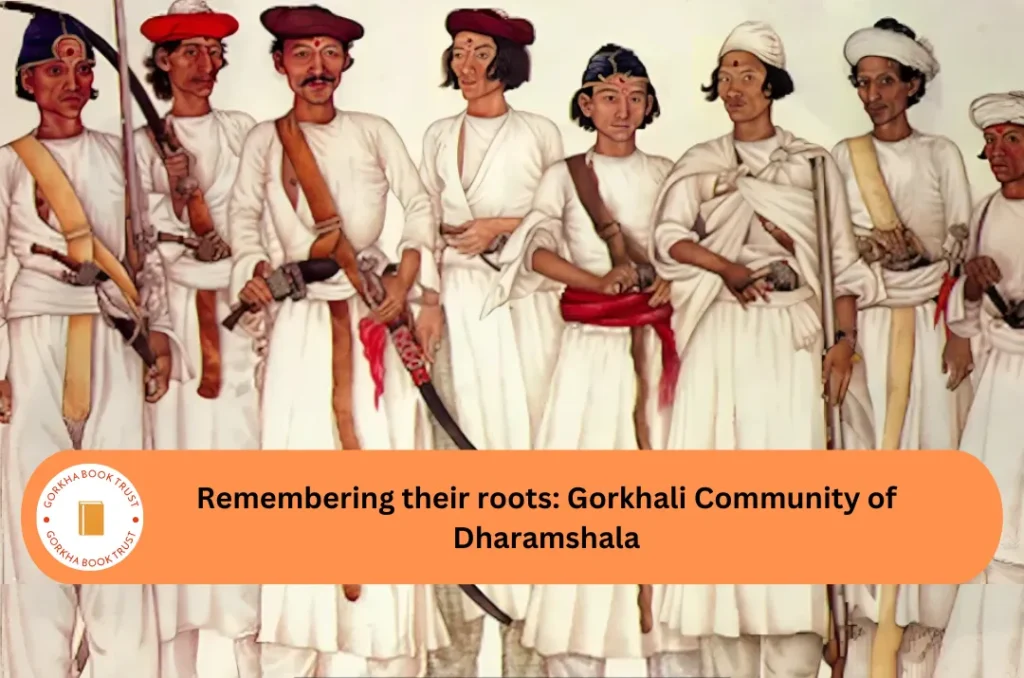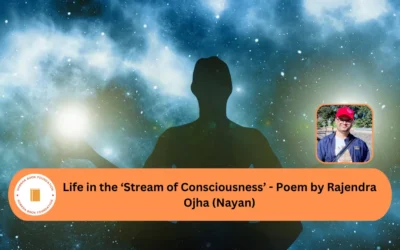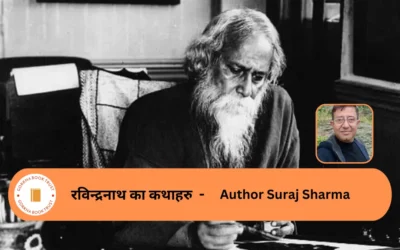Remembering their roots: Gorkhali Community of Dharamshala
Dharamshala is one of the many touristic regions in Himachal Pradesh. This is also where Dalai Lama took refuge after China captured Tibet. Along with him, many Tibetians reside in Dharamshala. There is also an abundance of Gorkhali people present there. They have been living here for more than 200 hundred years. However, their roots go back to Nepal.
Dharamshala lies in the Kangra district of India. Nepali Gorkha Army had expanded Nepal’s geography to Kangra from 1804 to 1809. But when Punjab’s Seikh king Ranjit Singh supported Kangra’s king Sansar Chand, the Gorkha Army had to pull back and was limited to the Sutlej River. Nepal lost its territory after being defeated by the British Army. Following the Sugauli Treaty of 1816 AD, Nepal’s western territory was limited to Mahakali.
When the Gorkha Army was expanding the country’s territory, many Nepalis had already been living in different parts of Himachal Pradesh, and even now, a majority of Gorkhalis in Himachal Pradesh live in Dharamshala. According to the Chief of Himachal and Punjab Gorkha Association, Ravinder Singh Rana, around 25,000 Gorkhalis live in the city.
Rana himself does not know from which part of Nepal his ancestors were from. He often hears that they moved there after the Gorkha Army captured the Kangra Fort. He adds that when the British Empire started recruiting and training the Gorkha Army in Dharamshala, many moved there.
Gorkhalis inhabit around 1,500 houses in 17 villages in the area—all linked with the Gorkha Association. The Association, situated at Dharamshala, was established 107 years ago—in 1916.
It has been preserving the language and culture of Gorkhalis over the years—making sure that its members don’t forget their mother tongue (Nepali). Even though they primarily use Hindi and English in their daily lives, offices and academics, the Nepali language is still lodged in their culture. “We use Nepali at home with our children so they don’t forget it. It has been passed on for generations in this way. No one here has learned it formally, but we know it well,” says Rana.
Pictures of Badakaji Amar Singh Thapa and Adikavi Bhanubhakta Acharya hang on the wall of the Gorkha Association, signifying the affection Gorkhalis have for Nepal. Under the instruction of Bada Kaji Thapa, the Gorkha Army expanded Nepal’s territory up to Kangra. Picture of soldiers who won accolades in war, those who assisted in the conservation of Gorkhali culture, and those who helped in establishing the association also grace the walls of the association.
Gorkhalis living in Himachal Pradesh remember Nepal and Nepalis. In times of difficulty, they come together to help Nepal. After the disastrous 2015 earthquake, the Gorkhalis sent their support through the then Ambassador of Nepal to India, Deep Kumar Upadhyay.
Vice Chairperson of the association, Shrawan Thapa, who retired from military service about 23 years ago, says the relationship between Gorkhalis of Nepal and India has been maintained for generations and that the association has played a vital part in this.
Inside the association’s premises is a statue of Mitrasen Thapa (also known as Master Mitrasen), a soldier who fought in World War I. Thapa is also a writer, songwriter and dramatist who has translated various legends, including Gita and the Mahabharat, in Nepali. Both Nepal and India have issued postal stamps in his name. Beside his statue is an inscription of postal stamps issued by both countries. Rana says this is an example of a major contribution by the Indian Gorkhali to both countries.
Author: Rajesh Mishra, Mishra is the Delhi Bureau Chief of The Kathmandu Post and Kantipur Daily.
As published on The Kathmandu Post



